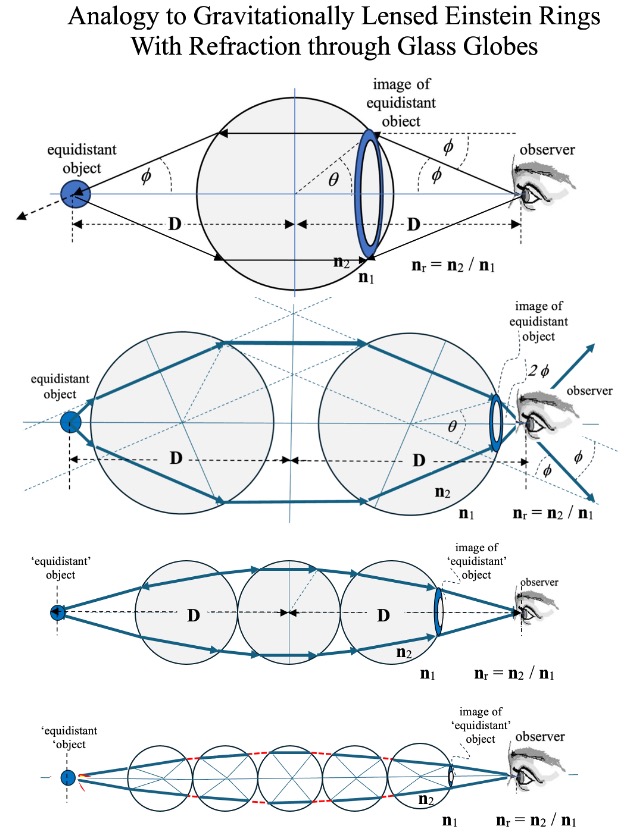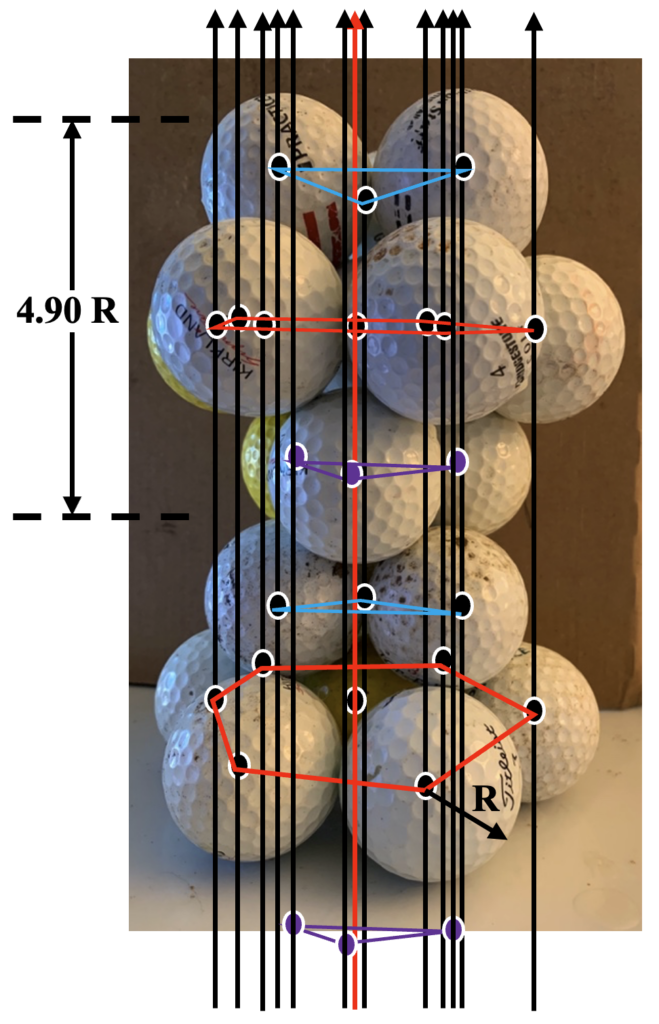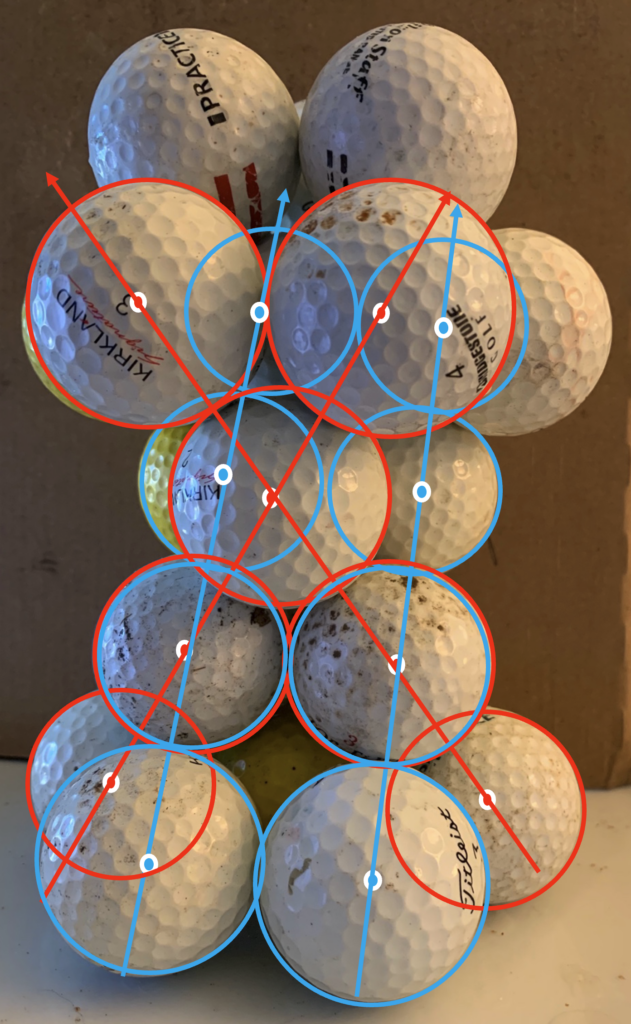We tend to think of lenses as transparent localized regions in space where optical refraction or gravitational deflection occurs. Light transmitted through these regions will pass a point at which the propagation is closest to the central point of the lens. In a glass globe like illustrated in the first diagram of the first figure below, the angle of refraction is determined by the distance from, and the index of refraction of, the globe. But more generally the index of refraction (determined by electron densities) will not be a constant throughout an extended region of space. For example, the central relatively extreme density of plasma electrons in galaxy clusters provides a graduated (if relatively small) index that will produce refraction effects with an arc rather than a straight line through the spherical region. The gravitational lens effect through a cluster is similar in many ways but very much greater, most of which has been attributed to supposed unseen ‘dark’ matter in the cluster. But the effect is directly analogous.
As one who doubts the existence of dark matter, I have demonstrated that the ‘fingers of god’ exaggerated redshift effect through galaxy clusters can better be attributed to the effects of scattering through the high temperature plasma electrons concentrated at the center of the cluster than to the additional ‘invisible’ mass that would be required to produce the effect. The gravitational lens effects also depend on this supposed ‘dark’ substance, and *that* has been a challenge for anyone proposing an alternative explanation of an cosmological effect. I have deliberated on this dilemma for some time. So let me explain:
Galaxy clusters are packed tightly together as illustrated in the previous post by an analogy to Van der Waals forces, in this case of gravitational and thermodynamic origin. This cuboctahedral structure provides observation perspectives analogous to views through an almond orchard or by an electron microscope’s view of atoms or molecules in a solid as was also illustrated in the previous post. Most lines of sight will not be through the centers of adjacent clusters in such structures as shown in the second figure of stacked golf balls below, but there are, albeit fewer (actually two for every cluster), angles for which extended lines of adjacent objects occur like looking along certain lines of sight through an almond orchard. These lines through rhombic dodecahedral structures are shown in the third figure.
If a particularly massive galaxy cluster could produce an Einstein ring or portions thereof like shown for refraction in the first diagram of the first figure, an extended line of sight through a string of clusters would substantially increase the angle by combining effects without requiring dark matter. This is shown in the next few diagrams. Plus, the lesser refraction through each cluster would contribute as well. With every additional object in the line of sight, the angle increases as shown in the final diagram.



All reactions:
Leave a Reply